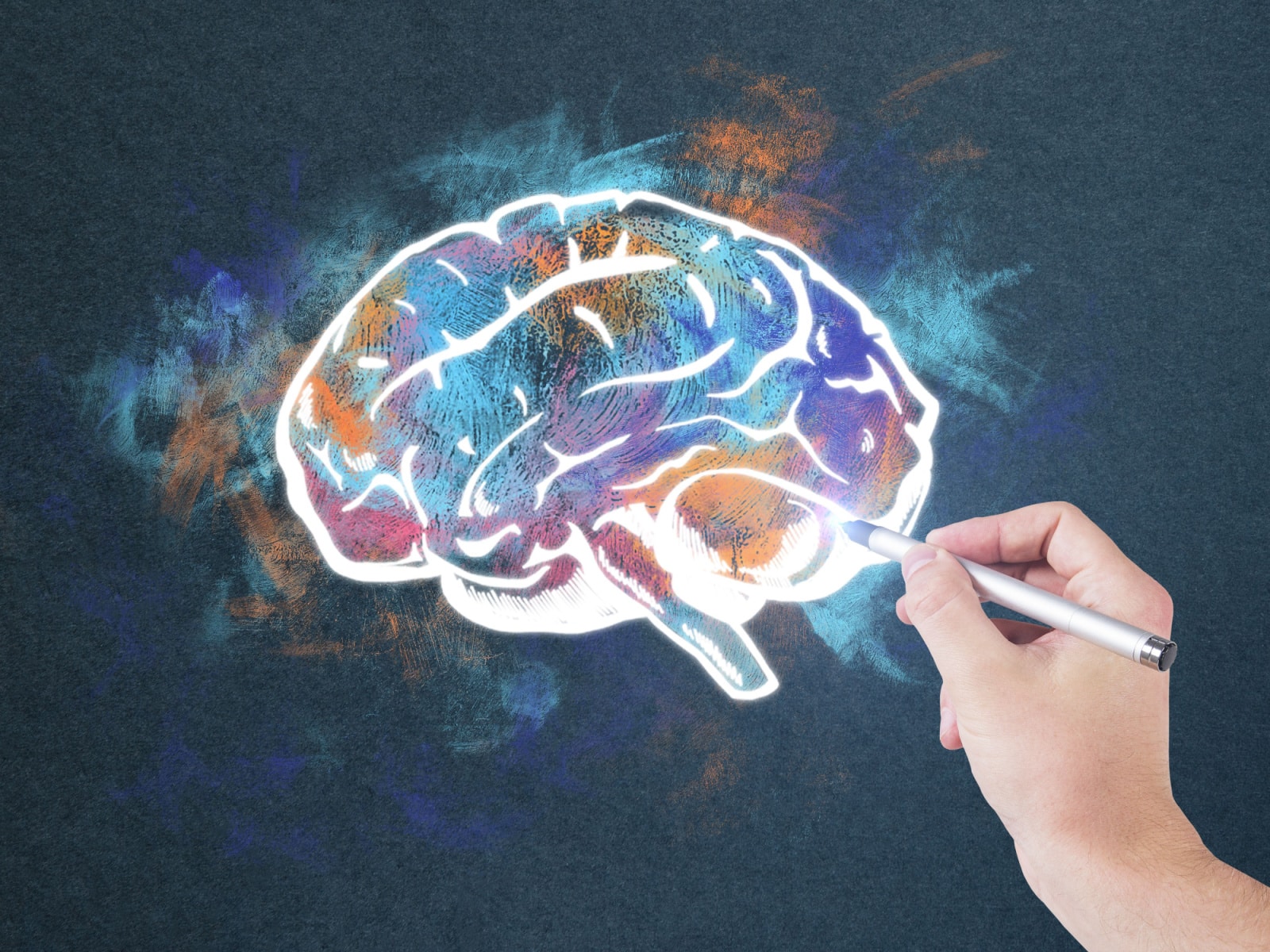Power and Psychology of Color in Marketing
"The psychology of color is a powerful tool that marketers can use to influence consumer perceptions and behavior, driving sales and success."

Welcome to The Buzz, where we delve into the fascinating world of digital media marketing. Today, we explore the psychology of color and its profound impact on consumer behavior. Understanding how colors influence perceptions and emotions can empower marketers to create more effective and engaging campaigns.
Introduction to Psychology of Color
Color psychology delves into how different colors evoke specific emotions and perceptions in individuals. This field of study has significant implications for marketing, as colors play a crucial role in shaping consumer perceptions of brands and products. By strategically leveraging color in marketing materials, businesses can influence consumer behavior and create more memorable experiences. Color influences people both consciously and subconsciously, impacting everything from purchasing decisions to brand loyalty. For example, warm colors like red and orange are often associated with energy, excitement, and passion, making them suitable for brands seeking to create a sense of urgency or action.
Color psychology also extends to cool colors like blue and green, which convey feelings of calmness, trustworthiness, and reliability. These colors are ideal for brands in industries such as finance or healthcare. Additionally, marketers must consider cultural differences in color symbolism when crafting campaigns for diverse audiences. While certain colors may have universal associations, such as red with passion or blue with trust, the meanings of colors can vary across different cultures.
Psychology of Color: Influence on Consumer Perception
Color profoundly influences how consumers perceive brands and products. Beyond evoking emotions, colors shape perceptions of quality and value. Studies reveal that red packaging can be perceived as higher quality than blue. Additionally, color impacts brand recognition; consistent use across marketing materials reinforces brand associations.
For instance, FedEx uses purple to evoke trust and reliability, emphasizing its commitment to timely and secure delivery. Conversely, brands like Coca-Cola and Starbucks employ color to create distinct identities. Coca-Cola’s bold red symbolizes energy and excitement, while Starbucks’ vibrant green evokes freshness and sustainability. These color choices extend to product design, packaging, and retail environments, enhancing brand experiences and recognition.
Crafting Compelling Content using Psychology of Color
In digital media marketing, content plays a pivotal role in engaging audiences and driving conversions. Color selection can significantly impact content effectiveness. Bright, attention-grabbing colors like red and orange can evoke urgency and action, making them ideal for call-to-action buttons. Conversely, soothing hues like blue and green promote relaxation and trust, suitable for wellness brands. With tools like Canva, Brandfolder, and Optimizely, you can easily utilize visually appealing colors and schemes to match your company’s vibe (or let A.I. do it for you!).
For example, Airbnb strategically uses vibrant colors in its marketing to convey excitement and adventure, enticing users to explore unique accommodations worldwide. Similarly, GoPro’s use of bold, high-contrast colors in its content reinforces the brand’s adventurous and action-oriented image, resonating with its target audience of thrill-seekers and outdoor enthusiasts.
Color Preferences Across Cultures
Cultural differences significantly impact the meaning and interpretation of colors. While certain colors may have universal associations, such as red with passion or blue with trust, the meanings of colors can vary across different cultures. For example, white is associated with purity and weddings in Western cultures but symbolizes mourning in many Asian cultures. Understanding these cultural nuances is crucial for creating culturally sensitive and effective marketing campaigns.
Brands operating in global markets must consider cultural differences in color symbolism and adapt their marketing strategies accordingly. By incorporating culturally relevant colors and imagery into marketing materials, brands can build stronger connections with diverse audiences and avoid unintentionally causing offense or misunderstanding.
Applying Psychology of Color in Marketing
Marketers can leverage the psychology of color to evoke specific emotions and influence consumer behavior. For instance, using contrasting colors to create a focal point can draw attention to key elements of a marketing message, such as a call-to-action button. Similarly, adjusting the hue, saturation, and brightness of colors can convey different moods and emotions, allowing marketers to tailor their messaging to resonate with their target audience.
Color choices should align with the brand’s personality, values, and objectives. For example, a luxury brand may use rich, sophisticated colors like deep purple or gold to convey exclusivity and elegance, while a wellness brand may opt for soft, calming colors like pastel blue or green to promote relaxation and tranquility.
Color Combinations and Brand Messaging
In addition to individual colors, the combination of colors used in marketing materials can impact how consumers perceive brand messaging. Marketers should carefully consider the psychology of color while choosing schemes that align with their brand personality and messaging objectives. For example, complementary color schemes, such as blue and orange or purple and yellow, can create a visually striking contrast that captures attention and conveys brand dynamism.
Similarly, analogous color schemes, where colors sit next to each other on the color wheel, can create a harmonious and cohesive visual experience that reflects brand unity and consistency. The strategic use of color combinations can reinforce brand messaging and help brands stand out in a crowded marketplace.
Measuring Psychology of Color Impact in Marketing
Analyzing the effectiveness of color in marketing campaigns requires careful tracking and analysis of key performance metrics. Marketers can use A/B testing to compare different color variations of marketing materials and determine which combinations resonate most with their target audience. Additionally, tracking metrics such as click-through rates, conversion rates, and brand recall can provide valuable insights into the effectiveness of color in driving consumer engagement and brand loyalty.